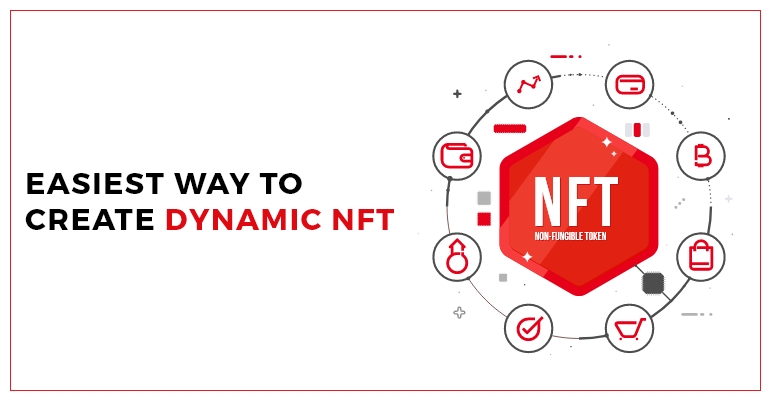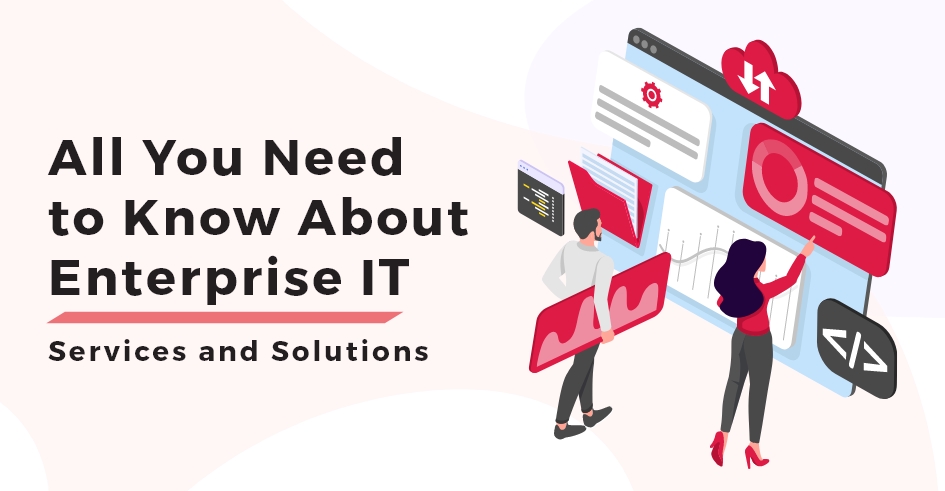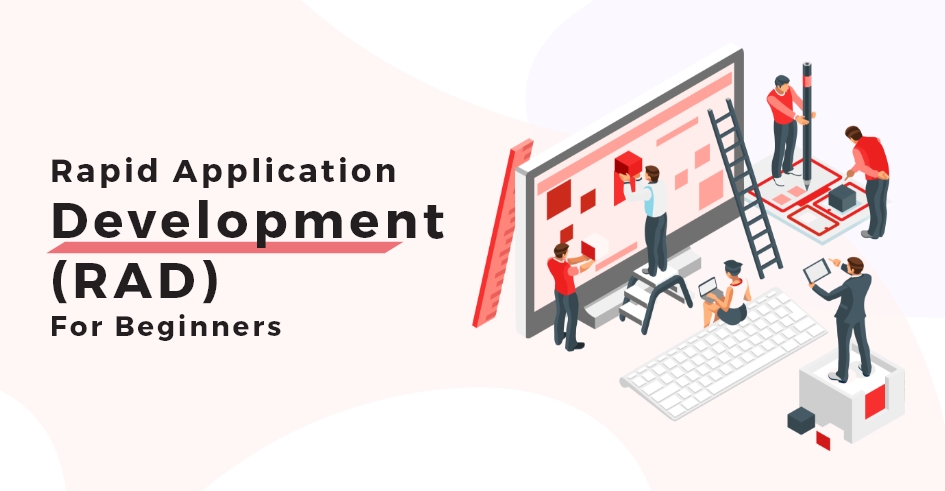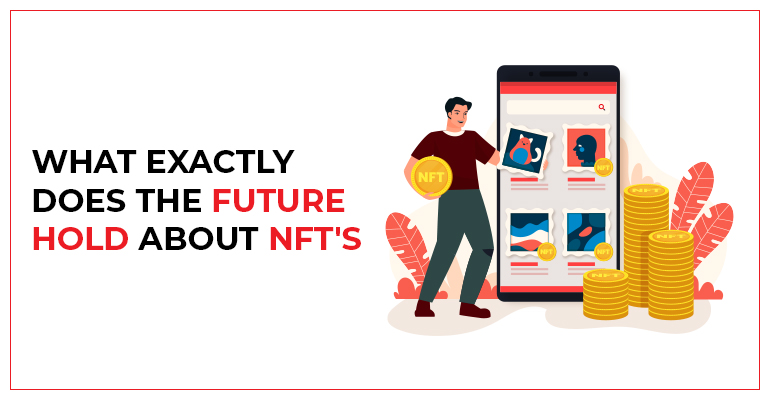EASIEST WAY TO CREATE DYNAMIC NFT
July 29, 2022
Samantha Jones
Dynamic NFTs are NFTs with characters and data that can be modified and updated in external events. NFT development companies have pioneered dynamic NFTs because they can connect to off-chain data sources such as IoT, Web APIs, and other data providers. You can easily create dynamic NFTs using the Minting API. Dynamic NFTs are the next step in the evolution of NFT spaces, combining verified NFT uniqueness with dynamic data entry and off-chain computations. Fundamental brings dynamic capabilities to NFTs, providing provable fairness, tamper-proof randomness, and input for various real-world data.
WHAT IS A NON-FUNGIBLE TOKEN?
So you are sure you are trying to build an NFT, but do you know exactly what it is? It represents something unique and collectible, a type of cryptocurrency that cannot be duplicated. A simple analogy to the NFT is a shiny pokemon card. Anyone can print it and make it look almost like the real thing. But in the minds of collectors, it’s not the same. The Shiny cards appreciate their uniqueness and reliability. The same applies to NFTs. Of course, you are free to download the images and collections associated with the NFT, but that does not represent actual ownership or credibility. Not all limited edition NFTs are created in the same way.
WHAT IS A DYNAMIC NFT?
Since NFT uses blockchain, it is limited to the blockchain world and is therefore inactive. However, if you create an NFT using NFT development companies, it will no longer be a static NFT. Dynamic NFTs with the ability to control the actual data source is much more suitable and user-friendly. Dynamic NFTS can also use VRFs to communicate with current back-end systems, access verifiable randomness, and trigger cyber-physical systems.
HOW DO YOU DEPLOY A DYNAMIC NFT MARKETPLACE?
We will go through all the steps to deploy your dynamic NFT on the OpenSea Marketplace. The first step is to get the chain data with NFT smart contracts.
This can be done in three steps.
Price Feed:
Get the latest price for smart contract assets.
VRF: Uses randomness in smart contracts.
Contract Library: Here, you can request and accept data from any API
For example, when creating an NFT with Binance Smart Chain, a price feed is displayed, accumulated in off-chain data from multiple premium data aggregators, and then sent to the BSC network.
Once the off-chain data is chained, you can request a data feed from your smart contract, rely on the values provided by Oracle, modify your NFT assets and continue minting.
Once minting is complete, you can list the dynamic NFTs for sale on the NFT Marketplace platform. Dynamic NFT use cases.
There are about 16 use cases available for developers to create dynamic NFTs in Oracle. These NFT use cases can be divided into four categories:
Extended reality
Games like Pokemon show how digital games can create global competition in the real world. Oracle can create similar experiences through NFTs.
Biased or unbiased user data allows his NFT imprinting in the real world. These NFTs can be placed in random locations or VRF-supported locations.
Game presentation
In-game item NFT is standard. Oracle can use off-chain data to create NFTs for in-game items. This allows you to determine the competitive outcome by accurately transferring ownership of the NFT between players based on the game’s performance.
Verifiable Chance
VRF can fill the NFT with random characters as input. B. Location, creation, and distribution of items in the game. The fair randomness of dynamic NFTs allows you to determine the rarity and power ranking of each newly created NFT for in-game items.
Reality fantasy sports
NFTs cast using Oracle can represent real athletes. This simplifies fantasy sports competitions where the value of the NFT representing a particular player depends on the actual statistical results of the associated player. By simply tracking the real performance data of the players, Oracle can determine the value of NFTs, have all the transparency, accept the winners of fantasy sports competitions and generate winning payouts.
WHY IS DYNAMIC NFT IMPORTANT?
Dynamic NFTs with Oracle plays a key role in the gaming app, which integrates VRFs and provides a provable source of randomness. A use case for such dynamic NFTs is to secure blockchain-based insurance. These policies can be translated into dNFT, which enables customizable crop insurance policies based on the facts that Oracle has received from outside.
To enable real-time reporting and improved payment efficiency across vast geographic areas, dynamic NFTs are often subject to manual treatment delays and subjective assessments of traditional forms of coverage. It is the primary alternative.
ENDNOTE:
Combining a fast, low-cost platform like Polygon with a powerful distributed Oracle network (DON) powered by smart contracts makes it easy to build dynamic NFTs. The Polygon dApp can also use NFT development companies for various other use cases, including B. Create a realistic blockchain game with random quantities of polygons or distribute prices based on polygons to influence the next innovative protocol. When building secure and feature-rich apps, NFT development companies validated Oracle infrastructure opens up great potential for developers.





